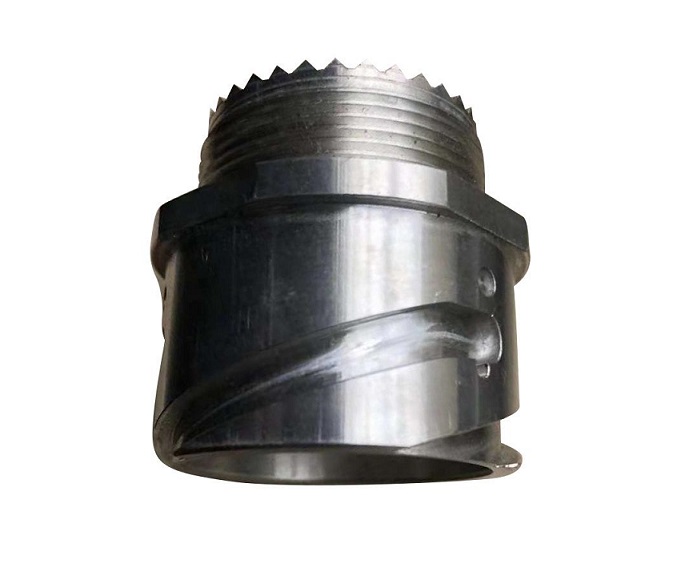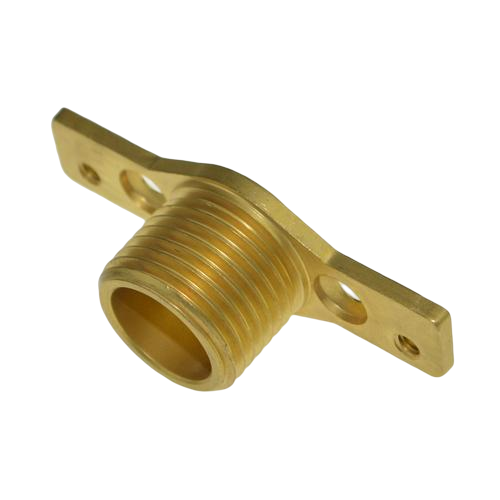Valve Parts
Machining features of the valve parts
Classification of valve parts
The valve parts must be classified in advance in the preparation of typical process regulations. The shape of any mechanical part is composed of several surfaces (plane, cylindrical surface, conical surface, special-shaped surface, etc.). The surfaces of different shapes and different parts are combined into different shapes of various parts, and the processing methods of various surfaces with the same shape are generally the same. For example: the outer cylindrical surface is usually processed by turning or grinding; the inner cylindrical surface is obtained by drilling, reaming, boring and grinding. Therefore, there is a method of classifying parts according to the shape of the main processing surface, such as: straight valve body, three-way valve body, frame valve cover, disc valve plate, etc. Similar parts have similar geometric shapes, often have similar process routes and similar processing processes, and can be produced using typical process rules and group processing technologies.
Due to the wide variety of parts and specifications, the following three types of parts are represented by the three-way valve body, frame and ball cap bonnet, and valve core closing parts, and some typical processing methods are introduced.
Processing of valve body parts
Flange straight-through three-way valve body is the most commonly used structural form for gate valves, globe valves, check valves, pressure reducing valves and throttle valves. Therefore, the flange straight-through gate valve body is used as a typical introduction.
(1) Structural and process analysis of the gate valve body: the valve body is a hollow, thin-walled shell part, mostly in the shape of a three-way pipe, and is used on a straight line pipeline. The inlet channel of the valve body is coaxial with the outlet channel, so it is called straight-through type (see the figure on the right). The ends of the two passages are circular flanges, and there are evenly distributed bolt holes on the flanges to connect with the flanges on the pipeline. There is also a middle flange on the upper end of the valve body to connect the valve cover.
The shape of the valve body is composed of cylindrical surfaces, conical surfaces, spherical surfaces and special-shaped surfaces. Most of the surfaces of the outer and inner chambers do not need to be processed, so castings are generally used for parts blanks. The left and right sides of the inner cavity of the valve body are designed with high-precision cylindrical valve seat holes, and there are high-precision threaded holes for the inlaid valve seat structure. The valve body on the surfacing sealing surface has a wedge angle (mostly 5°) and Wedge seal with high finish. In order to guide the gate to match the sealing surface of the valve body accurately, there are two symmetrical guide ribs in the body cavity. Since the valve body is a pressure-bearing thin-walled shell, the requirements for the strength and rigidity of the blank and the intrinsic quality of the casting are very high.
The sealing surface of the gate valve body not only has high angular accuracy requirements, but also requires high accuracy of the distance between the centers of the two sealing surfaces (commonly known as the opening width) in order to ensure the normal matching position of the gate. There are also certain requirements for the symmetry between the two sealing surfaces and the guide ribs that are symmetrical to the center line. The main processing surface of the valve body is mostly a rotating surface, so. Except that the guide ribs are processed on the inserting or planing machine, the rest of the surfaces are turned. Due to the high precision and smoothness requirements of the sealing surface, and the machining allowance of the casting blank is large, so. The gate valve body can be divided into rough and finish machining stages. In the rough machining, the three flanges are processed first, and then the flange is used as the reference, and the sealing surface of the inclined tire with an angle is adopted. After finish turning, the sealing surface still cannot meet the geometric shape accuracy and smoothness requirements of the drawing, and must be finished by finishing - grinding. During this time, drilling operations for the three flanges can be scheduled.
(2) Typical process of gate valve body:
According to the size of the valve caliber, the processing technology of the gate valve body can have the following two options:
1) Smaller caliber processing plan: take the three outer garden (cone) surface blanks of the valve body as the rough reference positioning, first process the middle flange and the seam, and then use the middle flange and seam positioning as the fine reference machining Flanges at both ends, guide ribs and sealing surfaces. The machining of the three flange bolt holes is based on the end flange itself.


